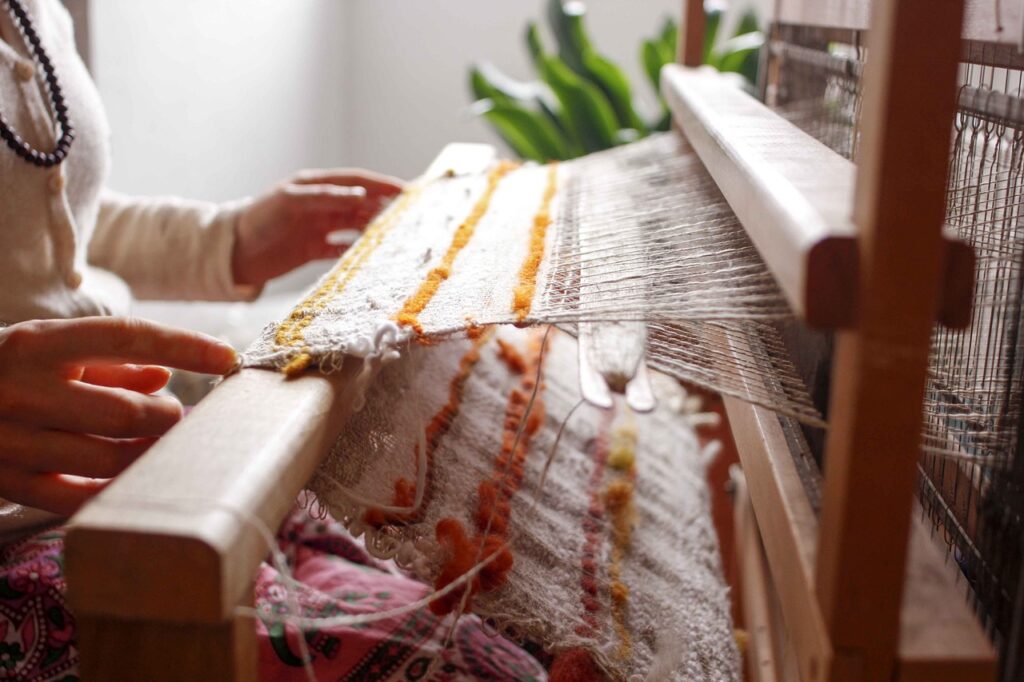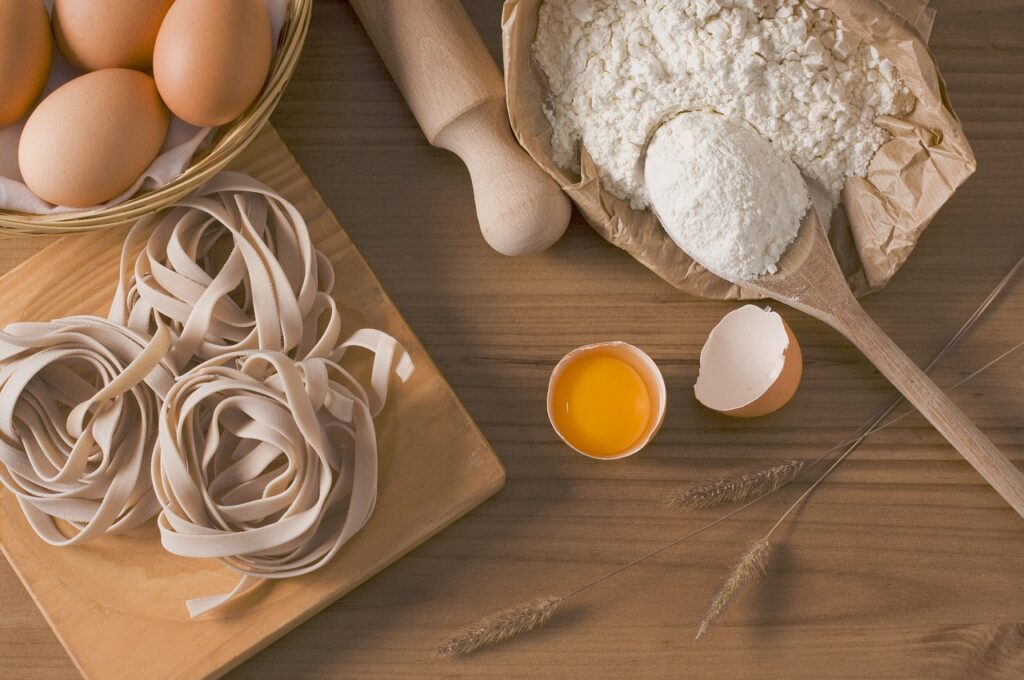How to Sell Homemade Products

How to Sell Homemade Products
Introduction
Selling homemade products is more than just putting items out there—it’s about sharing a piece of yourself with others. Every item has a story and every sale you make is an opportunity to connect with customers who appreciate what you do with your hands at home.
It could be handmade soaps, candles, jewelry, or art. Whatever it is, understand that selling homemade goods takes planning, creativity, and a little marketing savvy.
This guide is a breakdown on how to turn your passion for making things into a successful venture.
Know Your Market and Your Audience
Before you start, think about who your ideal customers are and what makes your products special to them. Are they eco-conscious buyers? People looking for unique, one of a kind gifts? Defining your audience helps you not only with marketing but also in making sure your products fit the right niche.
Research your competitors: Look up sellers offering similar products. How do they market themselves? What do their customers say in reviews? You’ll find a lot of insight in seeing what’s working (and not) for others.
Find your unique angle: Maybe your soaps use local herbs, or your art is inspired by personal experiences. Highlighting this story can make a huge difference in attracting customers who relate to your values.
Choose the Right Platform to Sell On
Not all selling platforms are created equal. Here’s a list of a few options and what they might bring to your business:
- Orah: Orah is a super sales network system where products are sold through a chain network of distributors in different states across Nigeria. With Orah, you have an opportunity to get your handmade products sold as fast as you desire, without any upfront costs.
- Etsy: Etsy is known for being a marketplace for unique, handmade goods, Etsy is often the first choice for sellers of homemade products. It’s straightforward to set up and already has a built-in audience of people who appreciate handmade items. But there are fees involved, including a listing fee and a percentage of each sale.
- Amazon Handmade: This is similar to Etsy but with Amazon’s massive customer base. However, Amazon has stricter rules, and the application process can be more selective. But once approved, you will gain access to an enormous network of buyers.
- Social Media and Own Website: Building a website with Shopify or using Instagram as a selling tool helps, but it is more work since you’ll be responsible for driving traffic, but it gives you complete control over branding and the customer experience.
- Local Marketplaces: Don’t forget about local online groups or Facebook Marketplace. People like supporting local makers, and this can lead to loyal customers right in your area.
Create Listings That Show Off Your Products
A good listing is like a first handshake—it’s where customers decide if they’re interested. Make sure your listings are visually appealing and clearly communicate the product’s value.
- Photos: Use natural lighting and clear backgrounds to let your product shine. You don’t need to be a professional photographer; even a phone camera can do wonders if you set it up right. Aim for several shots from different angles, and if possible, include a lifestyle photo to show it “in action.”
- Descriptions: This is your chance to tell a story. Talk about why you made the product, any unique materials or processes involved, and why it’s worth the price. Be clear but don’t be afraid to get a little personal—especially for homemade products, a genuine story can be what makes someone decide to buy.
- Pricing: Don’t undercut yourself! Price based on your costs, including materials, time, and any platform fees. Research similar products to see what others are charging, but don’t be afraid to value your work fairly.
Market Your Products
Once your shop is up and running, it’s time to bring people in. There are many ways to market your homemade goods, even on a tight budget.
Instagram and Pinterest are visually-driven and perfect for homemade goods. Show behind-the-scenes shots, explain your process, and use hashtags that your target audience follows. For example, if you’re selling hand-poured candles, try hashtags like #HandmadeCandles or #SustainableCandles. If you have repeat customers or even just followers who enjoy your work, you can start a simple email list. You can use it to share new products, special discounts, or even seasonal stories about your work.
You could also partner with other small businesses or influencers. You could collaborate with local artisans, appear at each other’s events, or run a giveaway together. Influencers who genuinely appreciate handmade goods can also help you reach a wider, more engaged audience.
Build Trust with Great Customer Service
Building trust with your customers is essential in the handmade business, where personal connections and word-of-mouth are invaluable.
Encourage customers to leave reviews. Positive feedback can boost your credibility and reassure new customers that your products are worth the buy. Be upfront about things like shipping times, especially if items are made-to-order. Customers appreciate honesty, and setting clear expectations will reduce the likelihood of complaints or refunds which could lead to a downward spiral of your business.
Little things like including a thank-you note or a small sample can make a customer’s experience memorable. These touches might cost a bit of extra time but can lead to loyal, repeat buyers.
Manage Inventory and Shipping
Inventory management and shipping are key to running a smooth operation. Here’s what to keep in mind:
- Track Your Inventory: Stay organized to avoid overselling items, especially if your products are made in limited batches. Basic inventory software or even a simple spreadsheet can help you keep track of stock.
- Shipping Prep: Package your items securely, especially if they’re fragile. Use materials that represent your brand well, whether it’s eco-friendly packaging or a nicely branded box. You don’t need to go overboard, but a neat, presentable package can go a long way.
- Offer Multiple Shipping Options: Some customers might need a product quickly, while others are happy to wait if it means cheaper shipping. Offering options can help make sure everyone’s needs are met.
Handling Growth and Scaling Up
As your business grows, you might face new challenges like higher demand, keeping up with production, or even expanding your product line. Here are some steps to think about as you scale up:
- Streamline Production: Find ways to make your process more efficient without losing the personal touch. For example, if you make candles, consider batching the work so that you pour multiple candles at once instead of one by one.
- Hire Help When Needed: As sales pick up, consider bringing on a helper, even on a part-time basis, for packing, inventory management, or social media tasks. This way, you can focus more on creating and less on the day-to-day tasks.
- Expand Your Offerings: If your current products are doing well, think about adding complementary items. For example, if you’re selling bath bombs, you could introduce a matching line of homemade soaps too.
Conclusion
Selling homemade products online is a unique journey. From choosing the right platform and crafting listings that stand out, to marketing and managing growth, every step builds on the last.
Remember to stay true to your brand and connect with your customers—people love buying handmade because of the personal touch, so don’t lose sight of that as you grow. With patience, persistence, and passion, your homemade products can become part of countless people’s lives and homes.






Responses